Is there a secret formula for mixing patterns and textures in luxury decor ?
Luxury interior design often conjures images of opulence and grandeur, where every piece of furniture and every accent is perfectly orchestrated to create a harmonious space. However, the true art of luxury design lies in the subtle interplay of colors, patterns, and textures. The question remains: is there a secret formula to achieve this balance? We believe there is.
In this guide, we aim to demystify the world of high-end decor, offering insights into the art of mixing patterns and textures to elevate your living space to new heights. Whether you wish to transform your living room or enhance a more intimate setting, understanding the dynamics of visual design is crucial.
Understanding the Role of Patterns in Interior Design
In the realm of interior design, patterns serve as both a visual stimulant and a storytelling element. They offer depth, character, and emotion to a space, allowing for personal expression and individuality. Yet, the challenge lies not just in selecting a pattern, but in mastering the art of combining patterns to create a balanced and sophisticated environment.
Patterns can be geometric, floral, abstract, or organic, each bringing its unique flair to a room. Geometric patterns, for instance, often evoke a sense of modernity and structure, while floral designs might suggest softness and romance. The key to integrating these elements lies in understanding the underlying mood and theme you wish to convey.
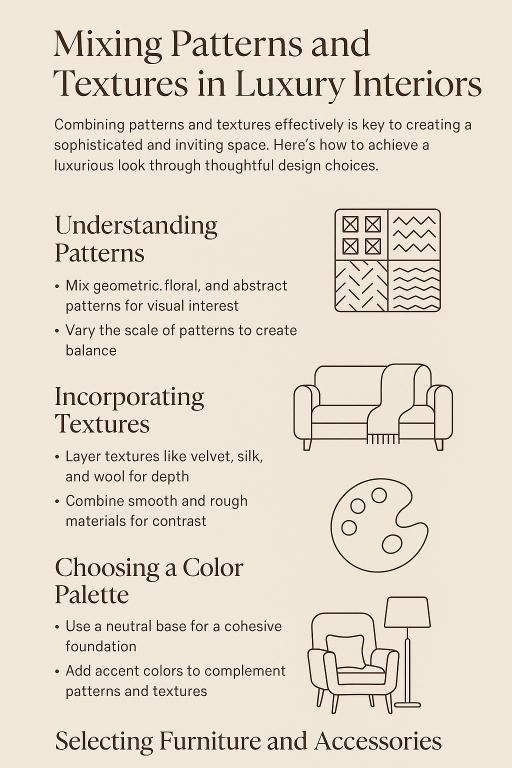
Tips for Effective Pattern Coordination :
- Scale and Proportion: The scale of a pattern is its size relative to the room and other design elements. A large, bold pattern can make a statement, but it must be balanced with smaller, subtler designs to avoid overwhelming the space.
- Dominant vs. Subordinate Patterns: Choose a dominant pattern as your focal point, such as a large rug or wallpaper, and complement it with subordinate patterns in your pillows or throws.
- Color Coordination: Use a cohesive color palette to link various patterns together. This doesn’t mean they all have to be the same color, but they should harmonize and create a flow throughout the room.
- Mixing Textures: Incorporate different textures, like a plush velvet sofa with a patterned silk throw, to add depth and interest without clashing visually.
The Impact of Textures in Creating a Luxurious Atmosphere
As Sabrina Monte Carlo so aptly puts it, textures are the unsung heroes of luxurious interior design, providing an often-unseen layer that enriches a room’s overall ambiance. While patterns capture the eye, textures engage the senses, making the space feel more inviting and sophisticated.
Different textures evoke different moods and can significantly influence the room’s aesthetic. For example, a neutral color palette when paired with varied textures can create a calming yet dynamic feel, while a room filled with vibrant colors and smooth textures suggests liveliness and energy.
Strategies for Texture Integration:
- Layering: Much like clothing, layering different textures in a room adds depth and interest. Combine soft, plush fabrics with rougher materials like wood or metal to create contrast.
- Contrast: Use contrasting textures to highlight specific areas of the room, such as a rough stone wall behind a sleek leather sofa.
- Natural Elements: Incorporate natural materials like wood, stone, or wool to add warmth and an organic feel to your space.
- Balance: Aim for a balance between soft and hard textures. Too much of either can lead to a space feeling either too cold or overly cluttered.
Ultimately, the magic of textures lies in their ability to transform a room from ordinary to extraordinary, creating a rich tapestry that invites touch and exploration.
How Colors Influence Pattern and Texture Coordination ?
Colors are the foundation of any interior design strategy, providing the backdrop against which patterns and textures play out. Choosing the right color scheme is crucial when aiming for a luxurious look, as it sets the tone for the entire room.
The power of color lies in its psychological impact; it can evoke emotions, suggest themes, and influence perceptions of space and light. In luxury decor, it’s not just about selecting a color but understanding how it interacts with other elements in the room.
Tips for Effective Color Usage:
- Neutral Bases: Start with a neutral base, such as beige, taupe, or gray, to create a versatile canvas that can support bold patterns and rich textures.
- Accent Colors: Use accent colors to draw attention to key areas or pieces, such as a vibrant pillow or an accent wall.
- Color Harmony: Ensure that your chosen colors harmonize with each other and the patterns and textures present. A cohesive color scheme ties all elements of the design together, creating a unified look.
- Lighting Considerations: Remember that colors can appear differently under various lighting conditions. Test your color choices at different times of the day to ensure they maintain their desired look.
By mastering the art of color coordination, you can create a visually stunning space that is both luxurious and cohesive, where every pattern and texture finds its place.
Incorporating Furniture and Accessories for a Cohesive Design
In crafting a luxurious living environment, the choice of furniture and accessories plays a pivotal role. These elements are not just functional but serve as anchors around which the rest of the design revolves. The key lies in selecting pieces that resonate with one another, creating a harmonious interplay of patterns, textures, and colors.
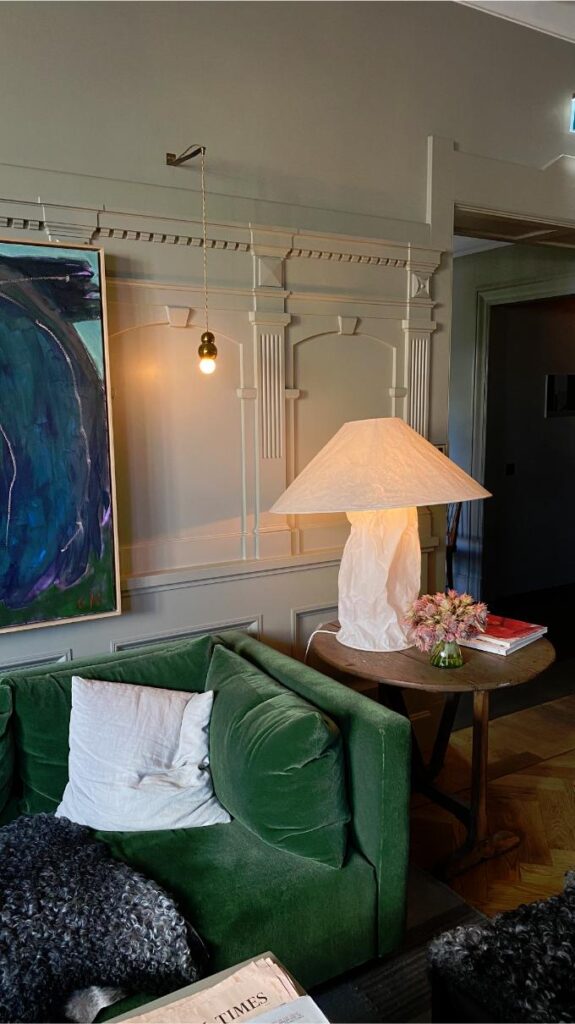
Choosing Furniture for Impact:
- Statement Pieces: Select at least one statement piece, like a designer sofa or a unique coffee table, to serve as the focal point. This piece should resonate with the overall theme and set the tone for the room.
- Scale and Proportion: Ensure furniture pieces are in proportion with the room’s size. Overly large or small pieces can disrupt the balance of the space.
- Material Choices: Opt for high-quality materials that complement your chosen textures and patterns. A leather sofa can pair beautifully with a woolen carpet, for instance.
Accessorizing with Intention:
- Play with Patterns: Use throw pillows and rugs to introduce new patterns into the room. Ensure these tie back to the main design elements.
- Art and Decor: Select artwork and decor items that enhance the room’s ambiance. Consider pieces that incorporate your chosen colors and patterns.
- Layering Accessories: Add layers of throws, pillows, and other textiles to create depth. Remember to balance the textures to maintain a cohesive look.
By thoughtfully incorporating furniture and accessories, you can enhance the overall design, ensuring each element supports the luxurious feel of the space. In the world of luxury interior design, the art of mixing patterns and textures is less about following strict rules and more about understanding the principles of harmony, contrast, and scale. By skillfully combining these elements, you can transform any space into a sophisticated and inviting haven.
The secret formula, if it exists, lies in the meticulous art of balancing colors, patterns, and textures in such a way that they complement and elevate each other. By embracing the diverse possibilities that these design elements offer, you will not only create a room that reflects elegance but also a space that resonates with your personal style.
So, dare to experiment, and let your creativity guide you in crafting an interior that is both luxurious and uniquely yours.
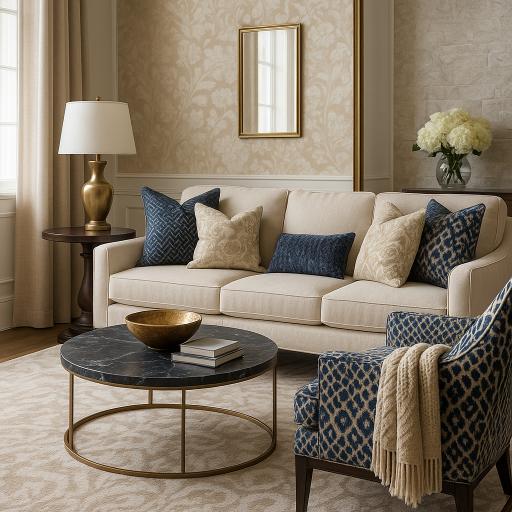
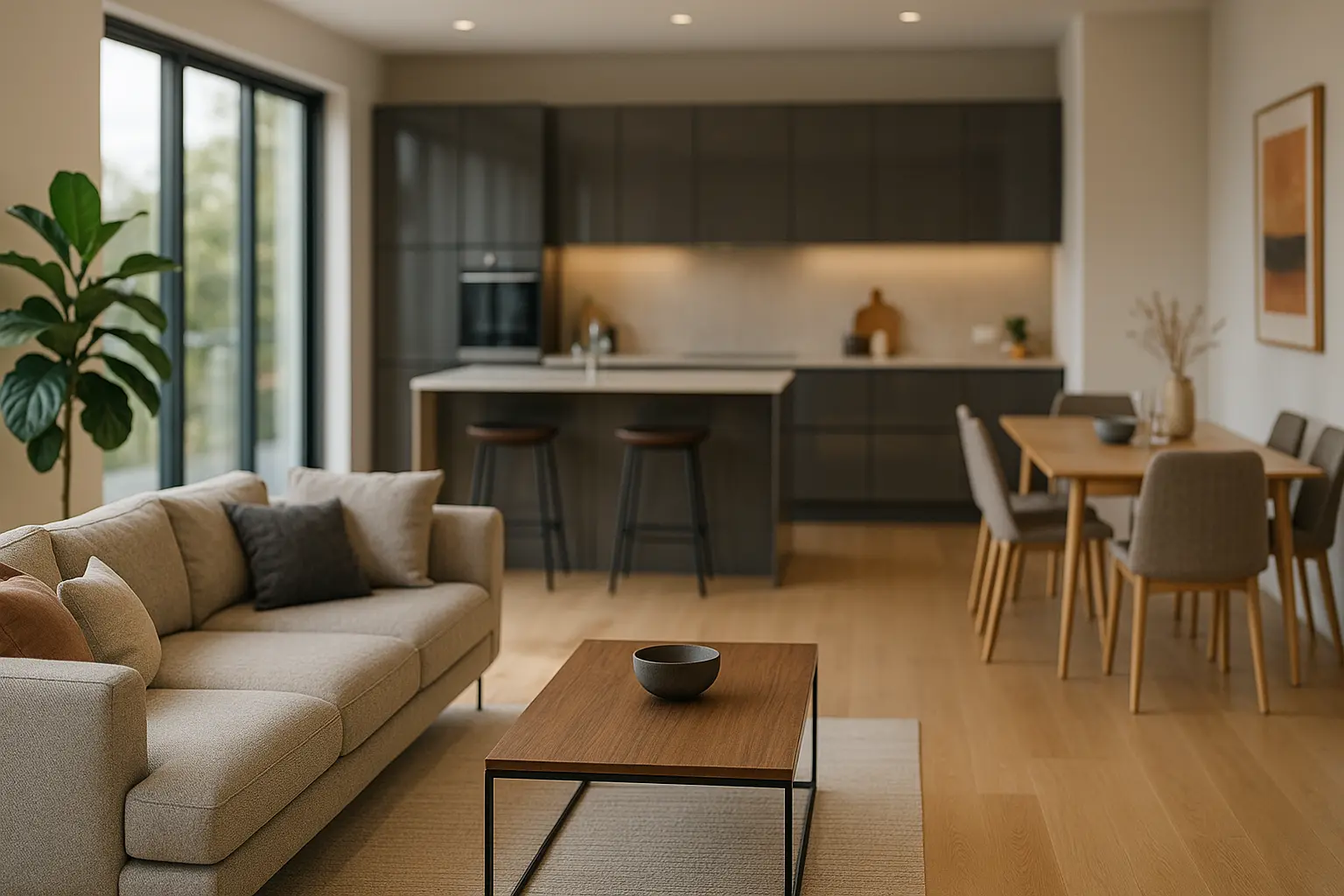
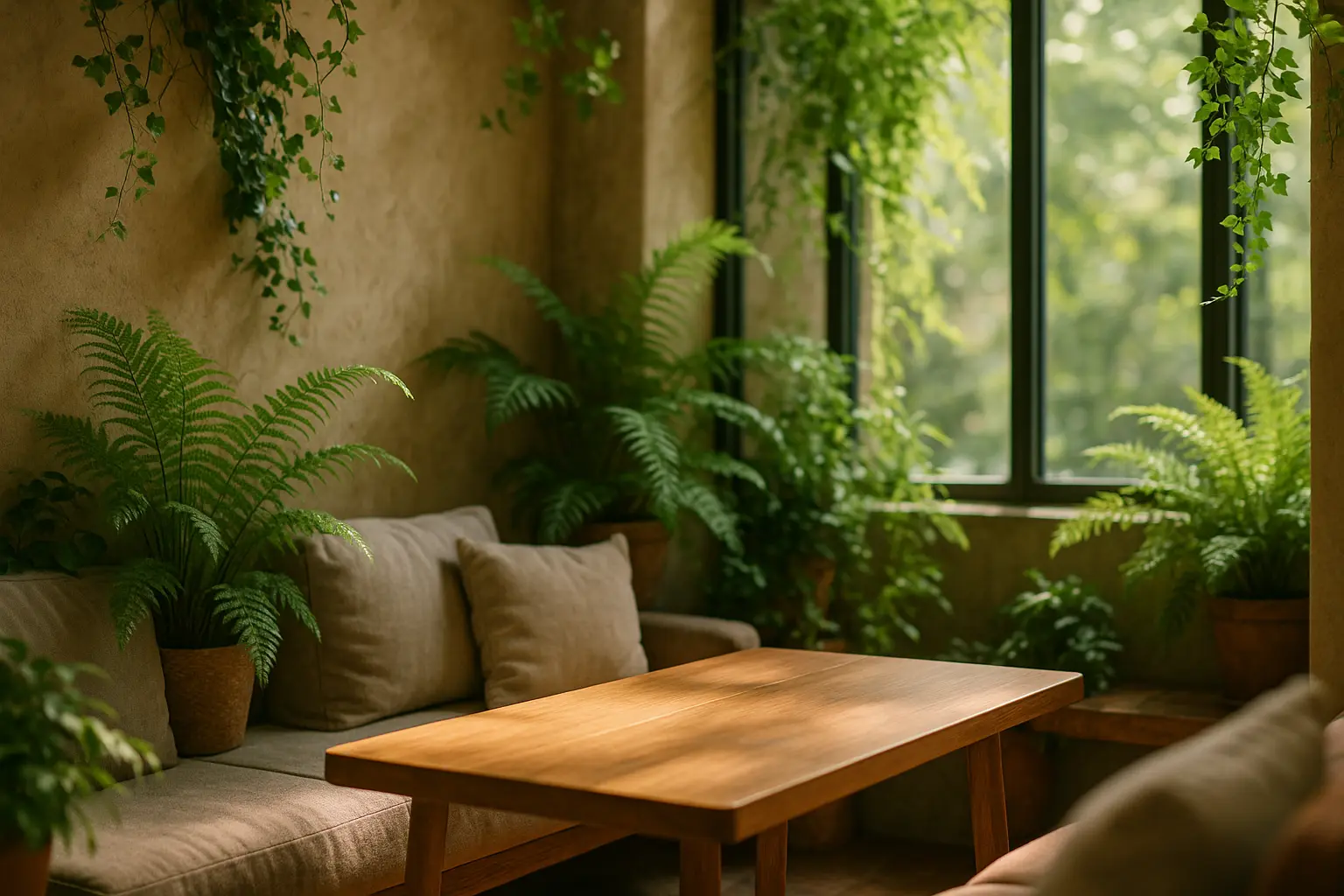
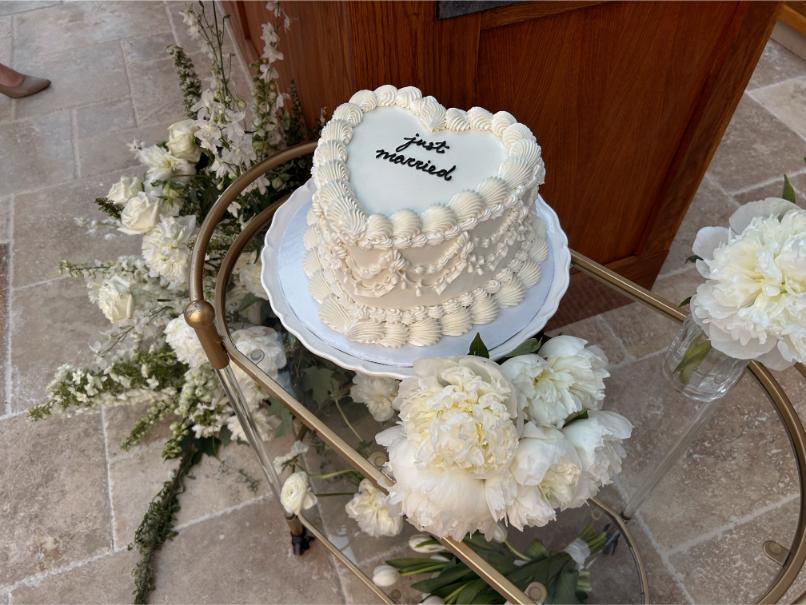
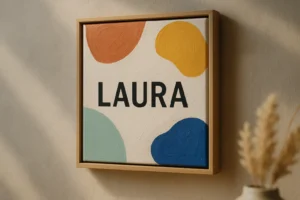

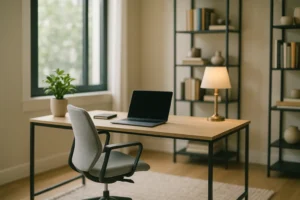

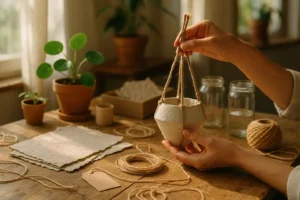

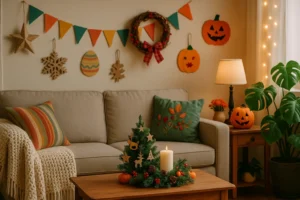



Post Comment